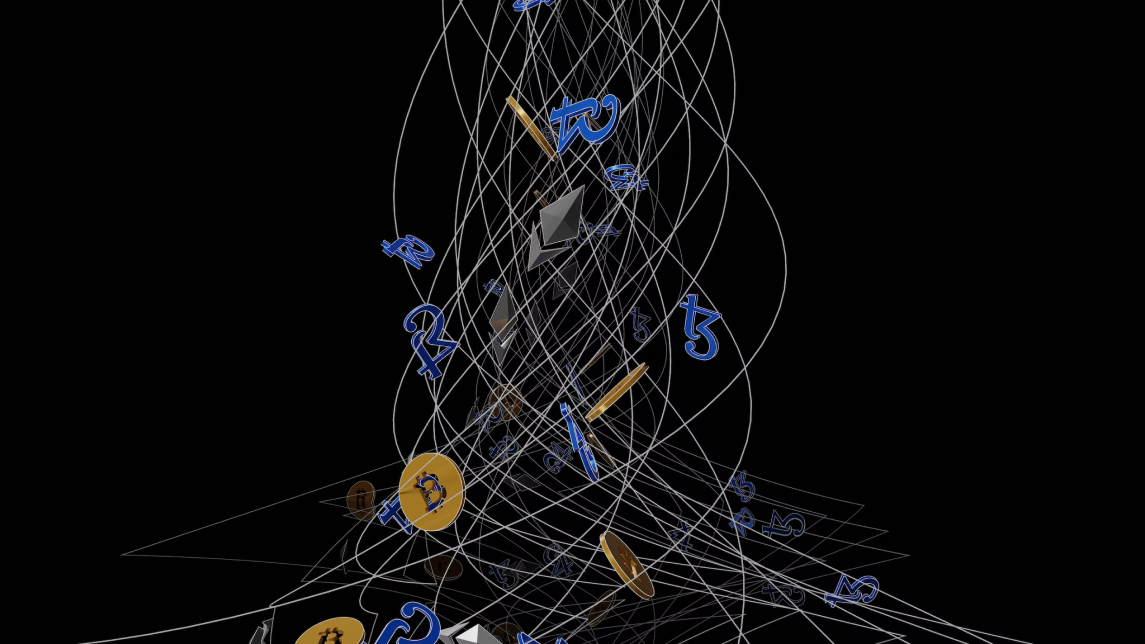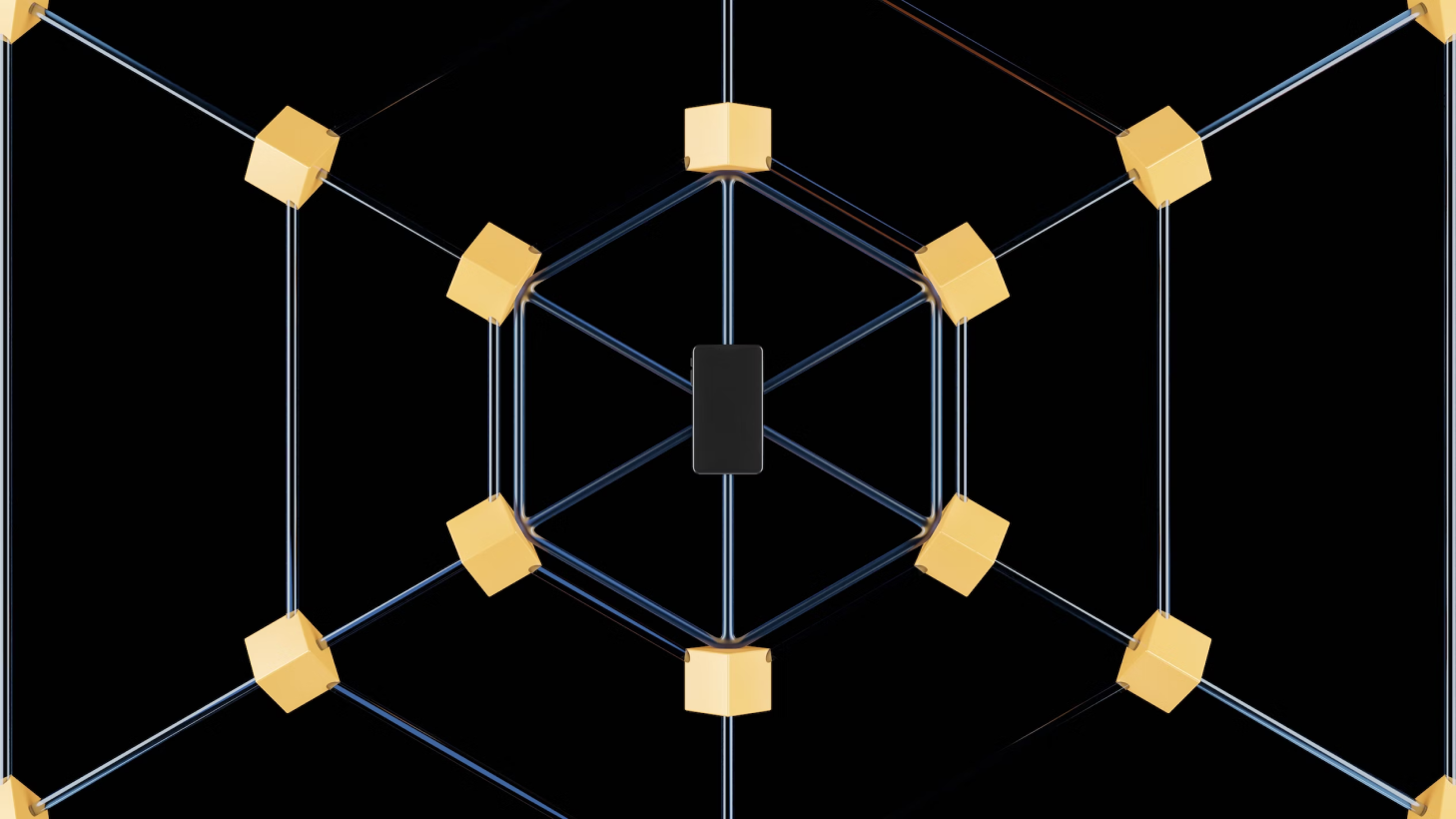OpenAI’s first-half revenue rises 16% to about $4.3B, The Information reports


It is a financial juggernaut operating on a scale that defies belief, a money-making and money-burning machine at the very frontier of human technology.
But as OpenAI’s revenue continues its meteoric rise, the artificial intelligence titan is being forced to confront the immense and sometimes tragic real-world consequences of its own creation.
The sheer scale of OpenAI’s financial power is staggering. In the first half of 2025 alone, the company generated around 4.3 billion dollars in revenue, a figure that is about 16 percent more than it generated in all of last year, The Information reported on Monday, citing financial disclosures.
But this revenue comes at a colossal cost. The report revealed that the company burned through 2.5 billion dollars in the same period, with research and development for its AI models and the operation of ChatGPT costing a staggering 6.7 billion dollars.
With 17.5 billion dollars in cash and securities on hand, the company is on track to meet its ambitious full-year targets of 13 billion dollars in revenue and an 8.5 billion dollar cash burn.
This financial firepower is attracting even more capital, with the company reportedly in early-stage talks for a stock sale that could value it at an almost unimaginable 500 billion dollars.
Tech giants are lining up to invest, with Nvidia recently pledging up to 100 billion dollars and Japan’s SoftBank Group promising tens of billions earlier this year.
But this explosive growth has come at a price, and the bill is now coming due.
Against the backdrop of its soaring financials, OpenAI has unveiled a suite of robust new parental controls for ChatGPT, a pivotal and long-overdue move to protect its youngest and most vulnerable users.
The initiative is a direct response to a rising chorus of concern from parents, educators, and regulators over AI’s influence on youth.
The issue was thrown into sharp and tragic relief by a high-profile lawsuit that alleged the chatbot played a role in a teenager’s suicide, a case that has amplified the calls for tech companies to do more to shield minors from the potential risks of their creations.
The architecture of oversight
The new controls are designed to give parents meaningful and direct oversight of how their children interact with the world’s most powerful chatbot.
Parents can now link their accounts with their teens’ via a simple invitation, giving them the power to control which features are accessible, to set time limits, and even to influence how the AI responds to sensitive prompts.
Crucially, parents can now set “blackout windows” to block ChatGPT usage during homework or bedtime hours and can disable the chatbot’s memory and chat history for added privacy.
OpenAI’s safety protocols have also been expanded to include real-time alerts for parents if a teen’s conversation suggests emotional distress or self-harm.
In such acute crises, the company has stated it may involve both a human moderator and, when necessary, law enforcement.
OpenAI says these new measures, which also include restricting explicit content for users under 18, are the result of months of consultation with child safety advocates and mental health professionals.
It is a tacit acknowledgment that in the race for artificial intelligence, the responsibilities are just as monumental as the rewards.
The post OpenAI's first-half revenue rises 16% to about $4.3B, The Information reports appeared first on Invezz
Read More

Wall Street open: S&P 500 hit fresh records; Trump uses shutdown as opportunity
OpenAI’s first-half revenue rises 16% to about $4.3B, The Information reports


It is a financial juggernaut operating on a scale that defies belief, a money-making and money-burning machine at the very frontier of human technology.
But as OpenAI’s revenue continues its meteoric rise, the artificial intelligence titan is being forced to confront the immense and sometimes tragic real-world consequences of its own creation.
The sheer scale of OpenAI’s financial power is staggering. In the first half of 2025 alone, the company generated around 4.3 billion dollars in revenue, a figure that is about 16 percent more than it generated in all of last year, The Information reported on Monday, citing financial disclosures.
But this revenue comes at a colossal cost. The report revealed that the company burned through 2.5 billion dollars in the same period, with research and development for its AI models and the operation of ChatGPT costing a staggering 6.7 billion dollars.
With 17.5 billion dollars in cash and securities on hand, the company is on track to meet its ambitious full-year targets of 13 billion dollars in revenue and an 8.5 billion dollar cash burn.
This financial firepower is attracting even more capital, with the company reportedly in early-stage talks for a stock sale that could value it at an almost unimaginable 500 billion dollars.
Tech giants are lining up to invest, with Nvidia recently pledging up to 100 billion dollars and Japan’s SoftBank Group promising tens of billions earlier this year.
But this explosive growth has come at a price, and the bill is now coming due.
Against the backdrop of its soaring financials, OpenAI has unveiled a suite of robust new parental controls for ChatGPT, a pivotal and long-overdue move to protect its youngest and most vulnerable users.
The initiative is a direct response to a rising chorus of concern from parents, educators, and regulators over AI’s influence on youth.
The issue was thrown into sharp and tragic relief by a high-profile lawsuit that alleged the chatbot played a role in a teenager’s suicide, a case that has amplified the calls for tech companies to do more to shield minors from the potential risks of their creations.
The architecture of oversight
The new controls are designed to give parents meaningful and direct oversight of how their children interact with the world’s most powerful chatbot.
Parents can now link their accounts with their teens’ via a simple invitation, giving them the power to control which features are accessible, to set time limits, and even to influence how the AI responds to sensitive prompts.
Crucially, parents can now set “blackout windows” to block ChatGPT usage during homework or bedtime hours and can disable the chatbot’s memory and chat history for added privacy.
OpenAI’s safety protocols have also been expanded to include real-time alerts for parents if a teen’s conversation suggests emotional distress or self-harm.
In such acute crises, the company has stated it may involve both a human moderator and, when necessary, law enforcement.
OpenAI says these new measures, which also include restricting explicit content for users under 18, are the result of months of consultation with child safety advocates and mental health professionals.
It is a tacit acknowledgment that in the race for artificial intelligence, the responsibilities are just as monumental as the rewards.
The post OpenAI's first-half revenue rises 16% to about $4.3B, The Information reports appeared first on Invezz
Read More

